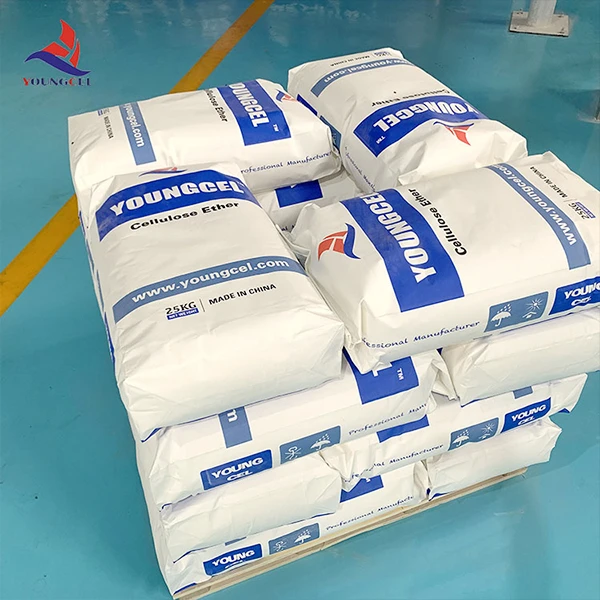The Role of Cellulose Binders in Modern Applications
Cellulose binders, derived from natural cellulose, have garnered significant attention across various industries due to their unique properties and multifunctional capabilities. As a sustainable and biodegradable material, cellulose has proven to be an invaluable resource in applications ranging from pharmaceuticals to construction. This article explores the importance of cellulose binders, their advantages, and their diverse uses.
Cellulose is the most abundant organic polymer on Earth, primarily found in the cell walls of plants. It is composed of linear chains of glucose units, which contribute to its structural integrity and stability. The modification of cellulose into various binder forms often enhances its usability, making it an ideal choice for different applications. Cellulose binders are recognized for their excellent film-forming capabilities, non-toxicity, and ability to dissolve in aqueous solutions, which are critical attributes for many industries.
The Role of Cellulose Binders in Modern Applications
The food industry also benefits from cellulose binders. They are widely used as thickening agents, emulsifiers, and stabilizers in various food products. Cellulose can improve texture and mouthfeel, making food products more appealing to consumers. Additionally, its binding properties are essential in creating gluten-free products, providing necessary structure and moisture retention that would otherwise be lacking without traditional wheat-based binders. The rising consumer demand for healthy and sustainable food options has further propelled the use of cellulose binders in this sector.
cellulose binder

In the realm of construction and building materials, cellulose binders have gained popularity due to their environmentally friendly characteristics. They are often utilized in the formulation of adhesives, coatings, and sealants. Cellulose-based binders not only enhance the adhesion properties of these materials but also improve their durability and resistance to moisture. As sustainable building practices continue to emerge, cellulose binders offer an ideal solution for creating eco-friendly building materials without compromising performance.
Another noteworthy application of cellulose binders is in the production of personal care and cosmetic products. They act as stabilizing agents in creams and lotions, ensuring a consistent texture and preventing separation of ingredients. The non-toxic nature of cellulose makes it a preferred choice for products intended for sensitive skin, as it reduces the risk of irritation. Furthermore, cellulose binders can contribute to the formulation of biodegradable products, aligning with the growing trend towards sustainability in the cosmetics industry.
Despite their many advantages, challenges remain in the widespread adoption of cellulose binders. Their performance can be influenced by factors such as the degree of polymerization and the method of extraction. Continuous research and technological advancements are essential to further enhance the performance of cellulose binders and expand their applicability across sectors. Innovations in nanocellulose technology, for example, show promising potential in creating high-performance binders with superior mechanical properties and functionalities.
In conclusion, cellulose binders present a versatile and sustainable solution for various industries. Their ability to enhance product properties while adhering to eco-friendly principles is increasingly important in today's market. As industries and consumers alike seek more sustainable options, the role of cellulose binders is poised to grow, driving further research and development in this innovative field. The future of cellulose binders looks bright, as they stand at the intersection of performance and sustainability, paving the way for greener alternatives in countless applications.
-
Rdp Powder: Key Considerations for Wholesalers in the Building Materials IndustryNewsJul.08,2025
-
Key Considerations for Wholesalers: Navigating the World of Hpmc - Based ProductsNewsJul.08,2025
-
Hpmc Detergent: Key Considerations for WholesalersNewsJul.08,2025
-
Key Considerations for Wholesalers: China Hpmc For Tile Adhesive, Coating Additives, Concrete Additives, and MoreNewsJul.08,2025
-
Crucial Considerations for Wholesalers: Navigating the World of Construction MaterialsNewsJul.08,2025
-
Key Considerations for Wholesalers Sourcing Additive For Cement, Additive For Concrete, Additive For Putty from Additive Manufacturer Shijiazhuang Gaocheng District Yongfeng Cellulose Co., Ltd.NewsJul.08,2025




